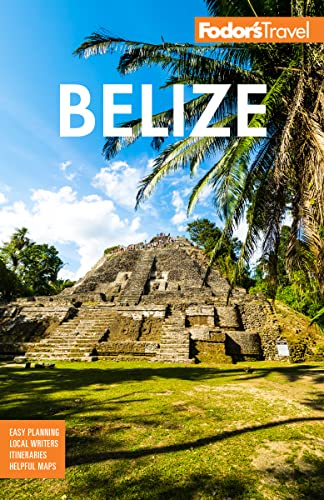The Garífuna Struggle
Perhaps the most unusual of the ethnic groups calling Belize home, the Garífuna have a story that is both bizarre and moving, an odyssey of exile and dispossession in the wake of the confusion wrought in the New World by the Old. The Garífuna are descended from a group of Nigerians who were shipwrecked on the island of St. Vincent in 1635. (Although the Nigerians were taken as slaves, their descendents vociferously deny they were ever slaves.) The Caribs, St. Vincent's indigenous population, fiercely resisted the outsiders at first, but they eventually overcame their distrust.
In the eyes of the British colonial authorities, the new ethnic group that developed after years of intermarriage was an illegitimate and troublesome presence. Worse still, the Garífuna sided with, and were succored by, the French. After nearly two centuries of guerrilla warfare, the British decided that the best way to solve the problem was to deport them en masse. After a circuitous and tragic journey across the Caribbean, during which thousands perished of disease and hunger, some of the exiles arrived in Belize, while others ended up on the coast of Honduras, Guatemala, and Nicaragua.
That the Garífuna have preserved their cultural identity testifies to Belize's extraordinary ability to encourage diversity. They have their own religion, a potent mix of ancestor worship and Catholicism; their own language, which, like Carib, has separate male and female dialects; their own music, a percussion-oriented sound known as punta rock; and their own social structure, which dissuades young people from marrying outside their community. In writer Marcella Lewis, universally known as Auntie Madé, the Garífuna also had their own poet laureate. In 2002 the United Nations designated the Garífuna as a World Heritage culture.




